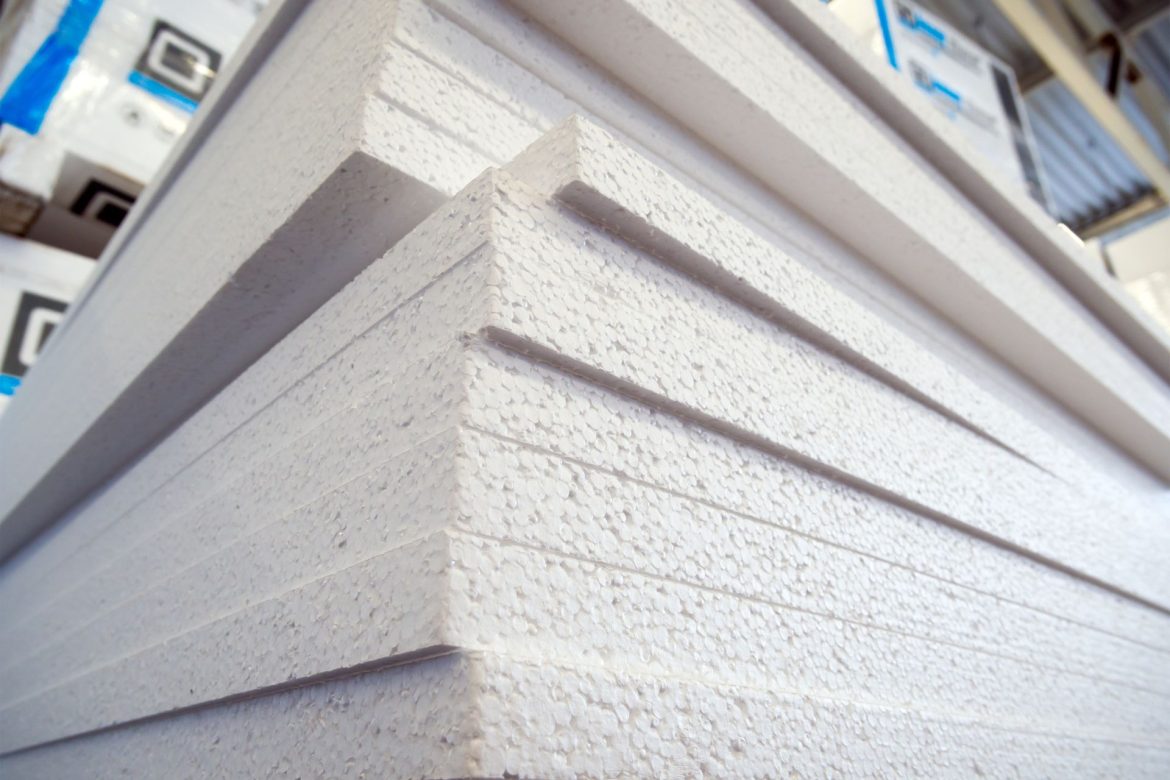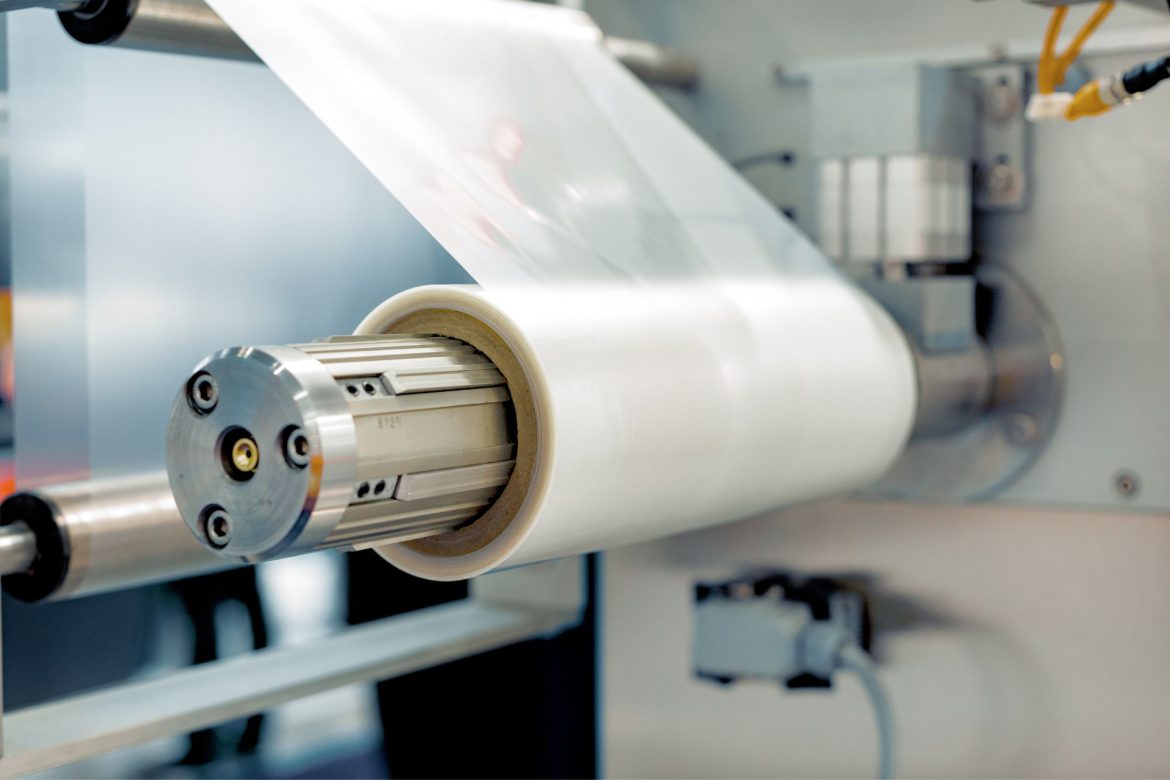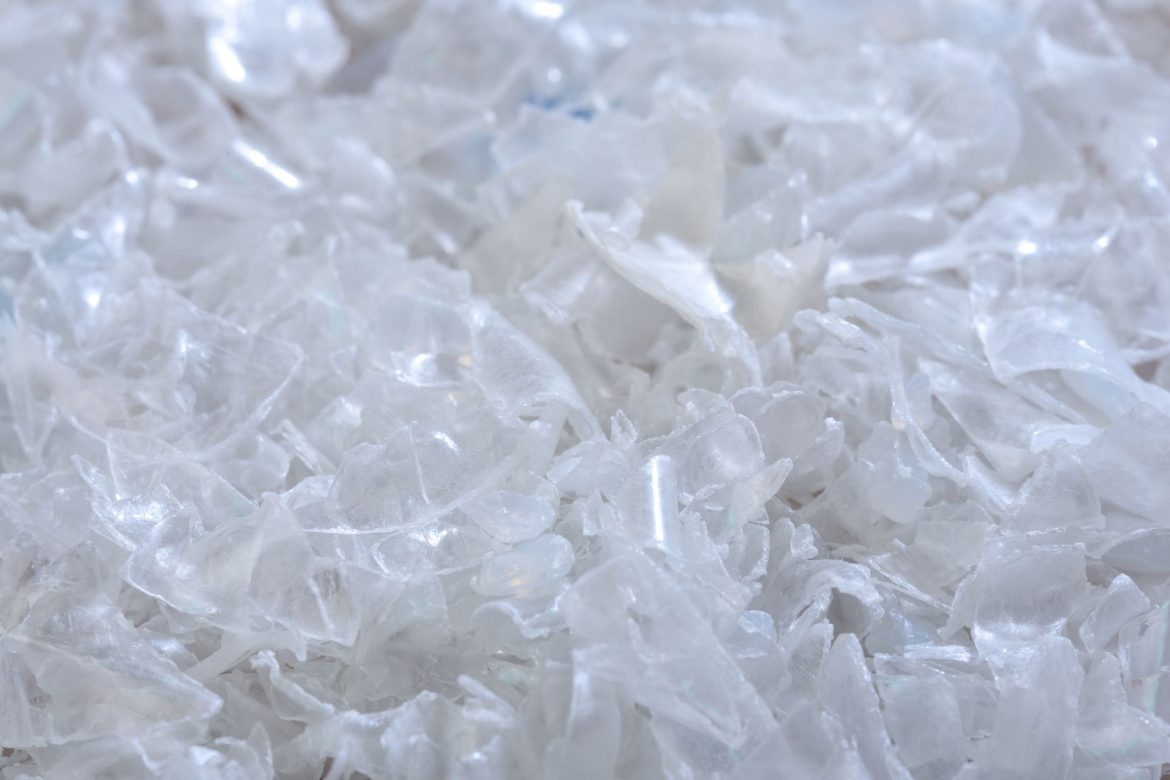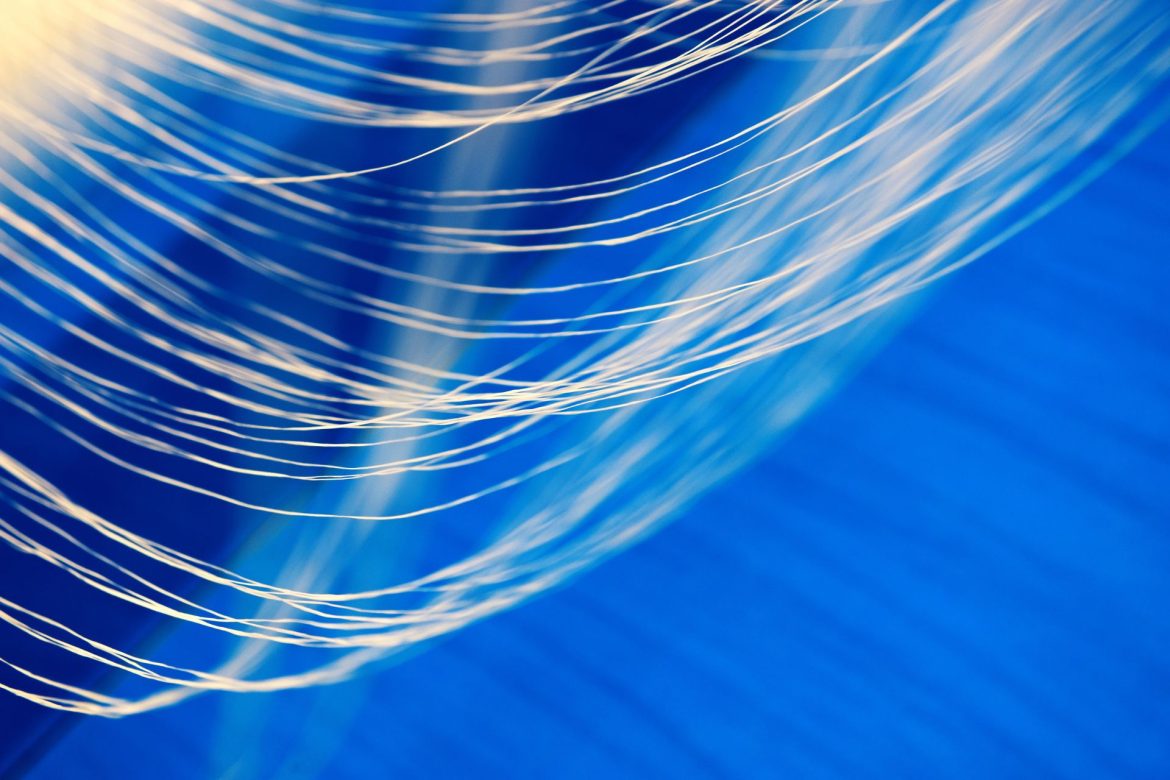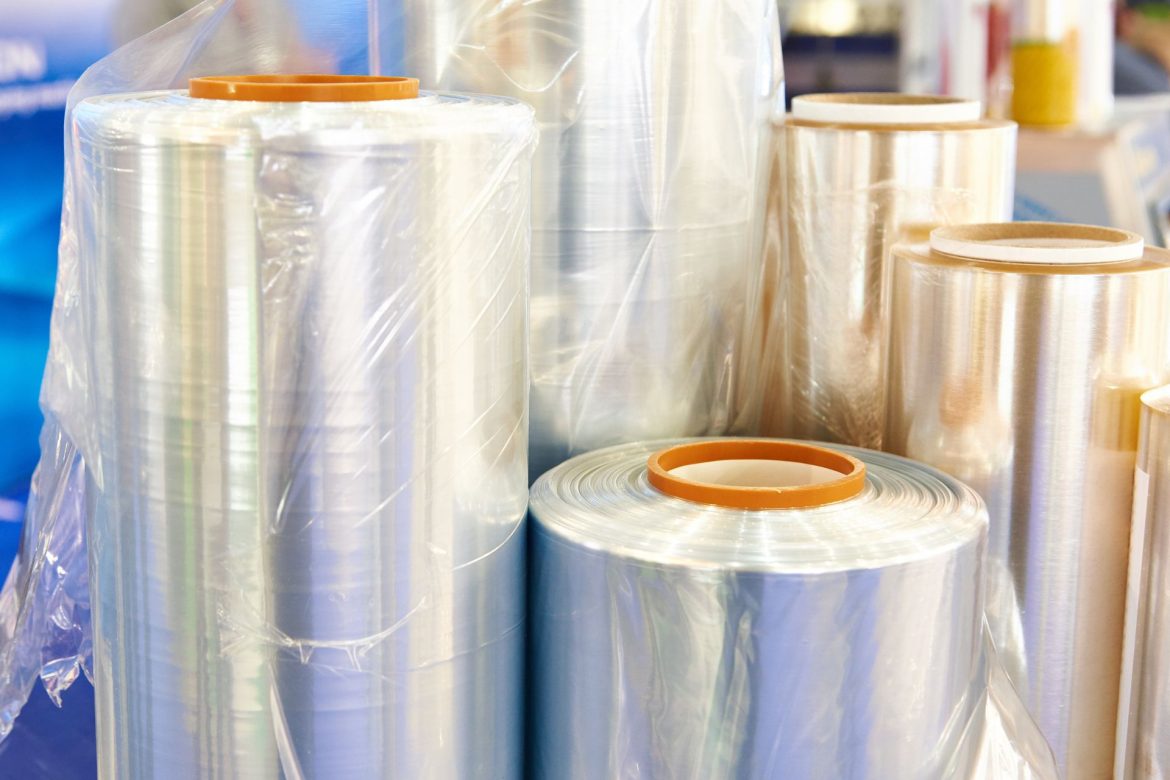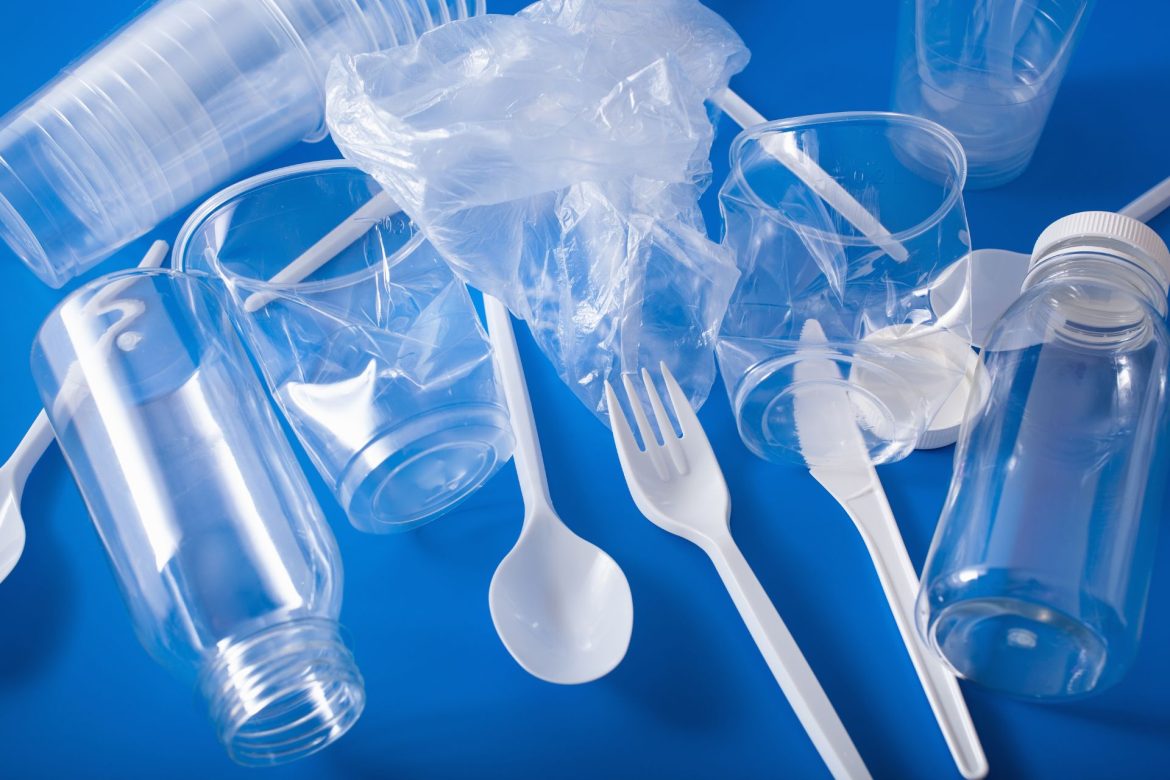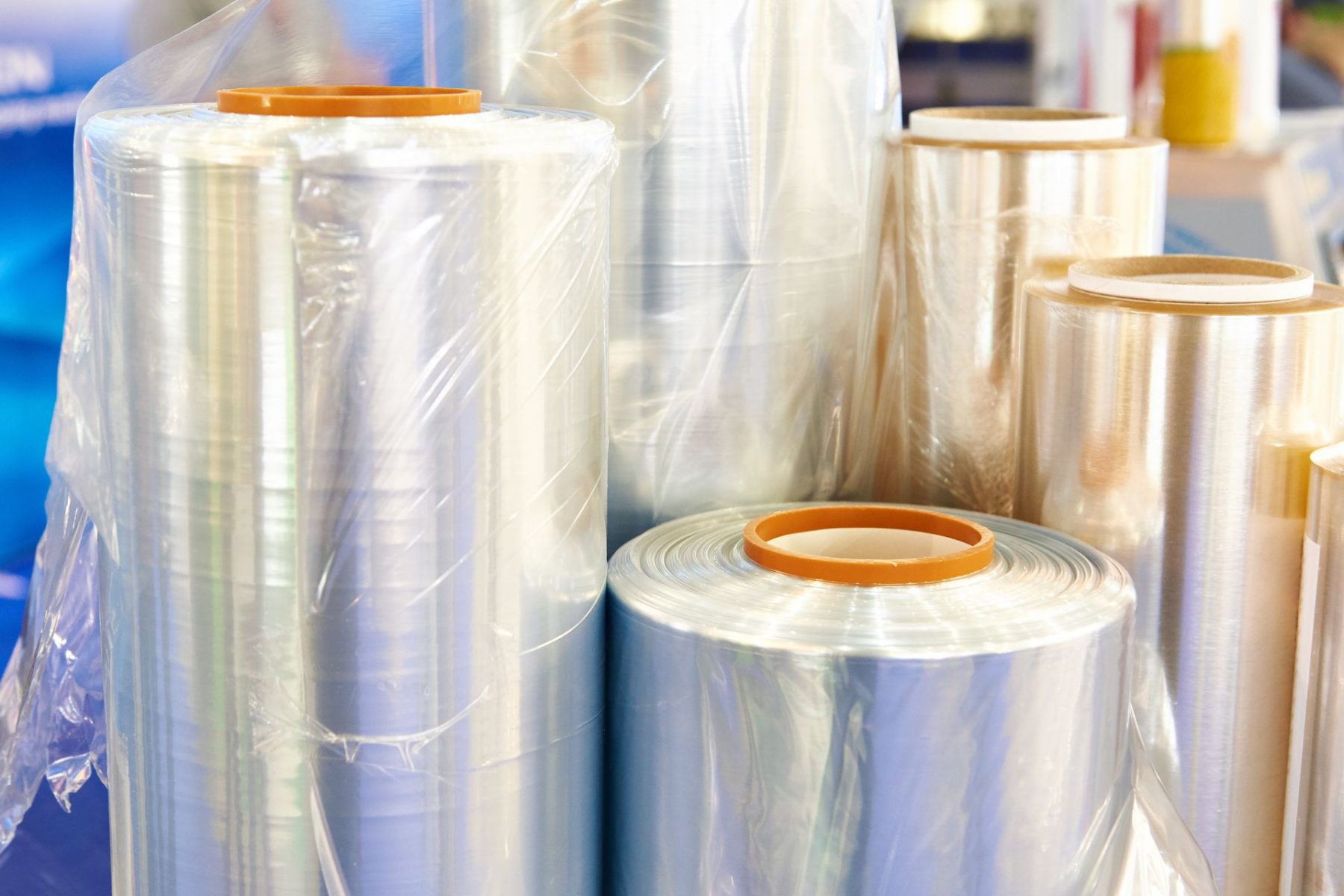Post-industrial material recycling is plastic waste generated during the production process that, for various reasons, has not been introduced to the market. It is usually batches of material that are homogeneous in type and colour.
They are mainly leftovers from colour or material changes, defective products, offcuts and trimmings, and non-conforming parts.
Among the plastics that can be recycled, post-industrial material is the one with the lowest level of contamination (from dust and residues in the production plant). Therefore, washing is usually not necessary, but it is sufficient for the waste to be ground and then undergo the regeneration process.
Due to the consistently low levels of contamination, post-industrial material is the most suitable for regeneration using very low filtrations (even below 150 microns).
This material, if not recycled, either remains unused within companies or has to be disposed of, generating high operating costs in both cases. Thanks to the regeneration process, it is possible to reuse these materials, transforming them from waste to new raw material, from cost to profit.
